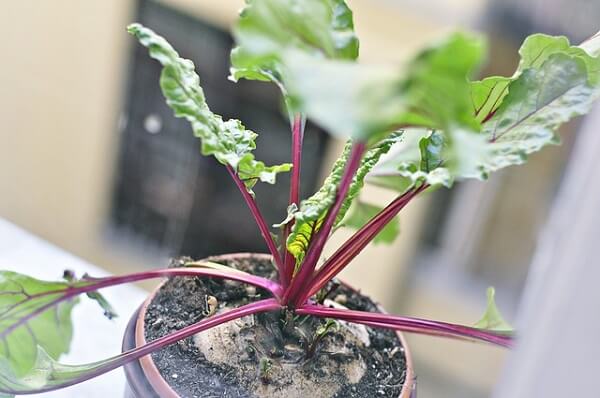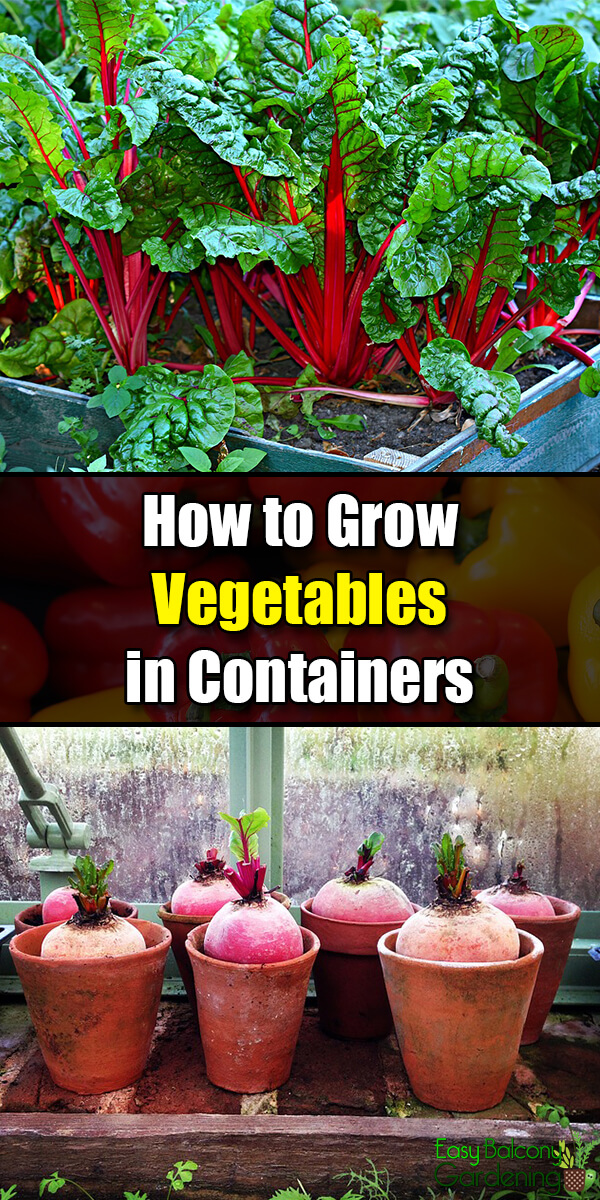Container vegetable gardening is quite possible whether you have all the ground at your disposal or you have limited space.
Most plants do well in containers, just pay attention to the dwarf and bush varieties. Think carrots, chives, lettuce, parsley, peppers, radishes, or tomatoes, to name just a few – they are simply perfect for container vegetable gardening. What is more, they can keep you supplied with fresh produce clear into the fall!
Containers for Vegetable Gardening
If your chosen container for vegetable gardening can hold soil and water and you can make holes in the bottom or along the sides for proper drainage of excess water, you are set to go. Remember, however, that lightweight containers are easier to transport.
Drainage Holes – Place drainage holes along the sides of the containers, about a quarter to half an inch from the bottom, or right in the bottom. Cut a screen mesh to fit the bottom of the container, and add about one inch of coarse gravel before you put your potting mix. Ensure that your drainage holes are adequate. If you have poor drainage, it will eventually kill your plants.
Size – Except for root vegetables, your containers should hold at least up to eight inches of potting mix. Root vegetables require more potting mix and, thus, larger containers. A good dimension of containers to use is 18 inches x 24 inches x 8 inches. Usually, you will need one container per plant. Although you can use whatever size container you want, smaller containers will require more attention. For instance, plants in smaller containers will require more water than those in bigger containers.
Dark-Colored Containers – Dark colors absorb heat. Mind where you are locating your container vegetables, as too much heat absorption can injure plant roots. If you really want to use your dark-colored containers, paint them a lighter shade. You can also simply locate them where the temperature is cooler.
Type – buckets, flower pots, ice cream containers, nursery flats, pails, wooden boxes, window planters, or what have you. For wooden containers, make sure the wood has not been treated with any toxic substance.
Plastic Containers – Avoid terra cotta, ceramics, and thin plastic. They will need much protection and care, or they will crack on your plants when freezing or thawing. If you really want to use those types of containers, be sure to bring them inside when the weather calls for it. Ideally, the best containers are those made of fiberglass, wood boxes, metal, concrete, stone, and thick plastic.








